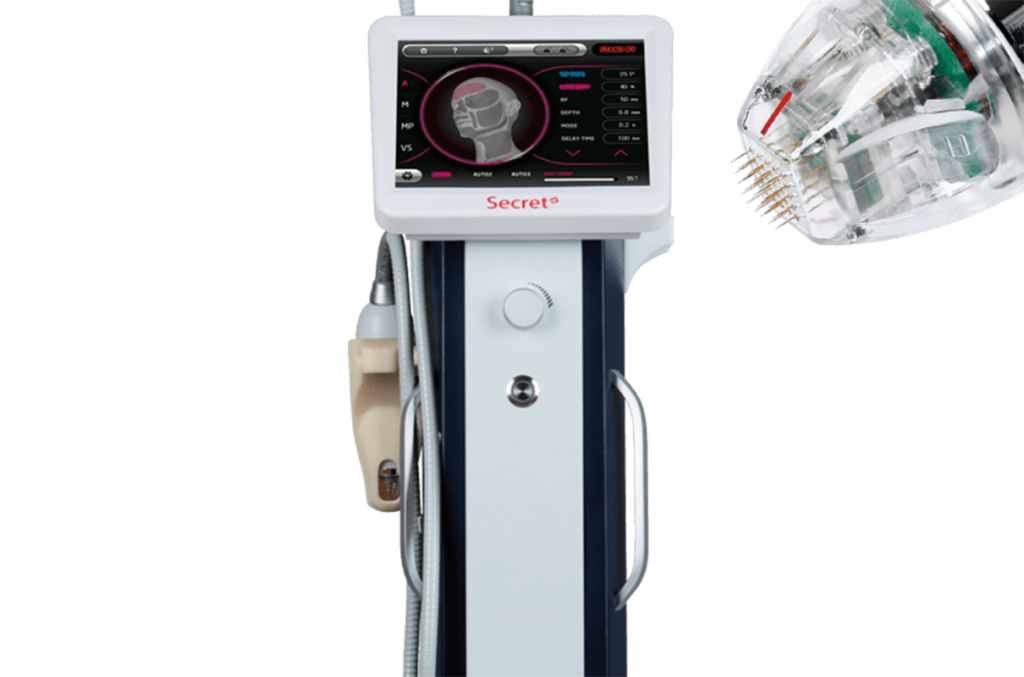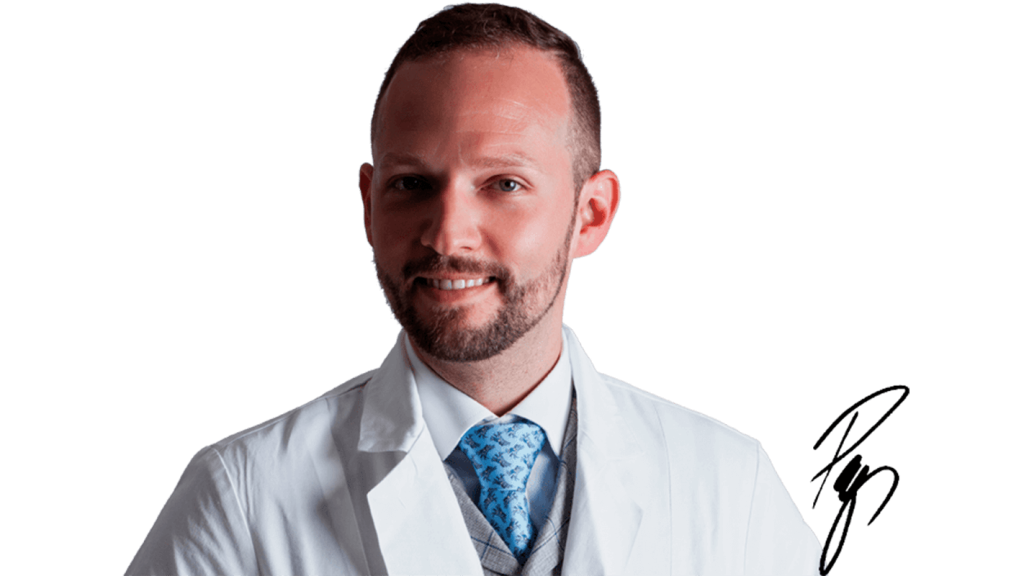Fractional resurfacing treatment using FRAXIS CO2 laser focuses effectively on skin problem solutions such as pigmentation, scars, enlarged pores, acne skin, protuberances, birthmarks or moles, warts, stretch-marks, skin irregularities, pores and age spots.





The fractional resurfacing utilising the high-quality, high-performance FRAXIS CO2 laser largely helps to stimulate collagen and elastin fibres to rejuvenate, strengthen, regenerate and smooth the skin. The fractional resurfacing treatment using FRAXIS CO2 laser focuses effectively on skin problem solutions such as pigmentation, scars, enlarged pores, acne skin, protuberances, birthmarks or moles, warts, stretch-marks, skin irregularities, pores and age spots.
In aesthetic, surgical, and gynaecological medicine, the cutting-edge CO2 laser is a universal tool that specifically treats the area without the need of stitches in order to obtain smoother and rejuvenated skin without scars and bleeding.
Nowadays, fractional resurfacing is one of the most modern aesthetic treatments – just the CO2 laser provides high performance, steady pulse and versatility. The key priority includes high beam absorption in water, more comfortable and safer treatment.
This laser had already found its first use in aesthetic medicine in 1964 and today, it maintains its place among the most widely used of its kind. Its efficacy meets all health and aesthetic criteria without damaging the surrounding skin and subcutaneous tissues.
Fractional resurfacing is performed as a day-case procedure under local anaesthesia using an anaesthetic cream or under analgosedation. It’s a mini-invasive intervention that’s preferable but not conditional, to undergo during the winter months. It isn’t limited by age or gender, however, consultation is always necessary for potential patient’s adaptability to the procedure. Laser beams penetrate to a particular treated site in many miniature condensed points that cause evaporation of the top layer of epidermis without damaging surrounding or deep tissue, have renewing capability as they stimulate new collagen fibres and at the same time, act on deep wrinkles. Fractional resurfacing also allows starting normal working mode almost immediately, depending on individual healing and regeneration capabilities as well as on the size of the treated area, the recovery time is approximately 5–10 days. Duration of the procedure is approximately 90 minutes, including preparation
Or call the phone at any time
+420 273 136 126
Besides the aesthetic aspect, improving skin appearance, fractional resurfacing also has a rejuvenating effect as it stimulates both collagen and elastin production in the long term, as well as the preventative effect as it helps to prevent health problems in the case of early removal of warts, for example. The advantage of the laser procedure for fractional resurfacing compared to surgery intervention is the minimum burden for your body.
Does your problem include scars, stretch-marks or are you interested in alternative treatment with shorter healing? Then, you may be interested in the alternative SECRET microneedle radiofrequency.

Fractional resurfacing is carried out as a day-case procedure under local anaesthesia. By creating thousands of miniature thermal pulses, the high-performance fractional laser transmits a laser beam directly to a predetermined area, where thermal energy is converted, renewal is stimulated and tissue is vaporised. The laser beam can regulate both the extent and the transmitted energy. In addition, the fractional laser beam eliminates bleeding and safety of the treated site. Immediately after treatment, the site is reddish and swollen, but the patient isn’t limited and may devote to day-to-day activities.
Managed by Juraj Payer MD, PhD, a sought-after plastic surgeon

Tell your physician about other health problems and the medication you take in order to avoid unnecessary subsequent problems.
Fractional resurfacing belongs to safe procedures as an ideal solution for beautiful and rejuvenated skin, however, there are some limitations for its application.
Contraindications:
Inflammation, infection, bacterial dermatitis
Tumour diseases
Epilepsy
Recently suntanned skin
Predisposition to cold sores, scarring, or skin problems (rosacea)
Pregnancy, breastfeeding
Vascular or cardiac problems, pacemaker
Allergy and autoimmune diseases
Tell your physician about other health problems and the medication you take in order to avoid unnecessary subsequent problems.
Fractional resurfacing is one of the relatively comfortable procedures, treated sites can be reddish with slight swelling. After treatment, small scabs are formed on the skin, which gradually become dry and peel within 2–4 days. It’ not advisable to remove these scabs! The skin underneath remains reddish, lightens over time and creates new skin tissue.
It’s important not to expose the skin to direct sunlight or visit the solarium for at least 2 months in order to avoid unwanted pigmentation. Before healing, it’s advisable to lubricate the treated area with moisturising creams and use high quality protective creams with high UV factor. Proper care after procedure increases treatment effect.
The final result is noticeable immediately and maximises within a few months as the treated area lightens and the regenerative processes, which are provoked by fractional resurfacing and are activated, creating new skin tissue. Fractional resurfacing can be repeated several times, depending on the phototype, genetic predisposition or skin elasticity, every month (3 treatments are recommended). By adhering to the proper home care according to physician’s instructions and protection against excessive sunbathing, fractional resurfacing lasts for up to 5 years.
All of us are growing old in the same way. Ageing with grace along with accepting all your bodily imperfections is normal. However, looking younger, tightening the skin and removing unwanted scars and skin imperfections are much better – not just in order to feel self-satisfaction, but to move your body to perfection and beauty.